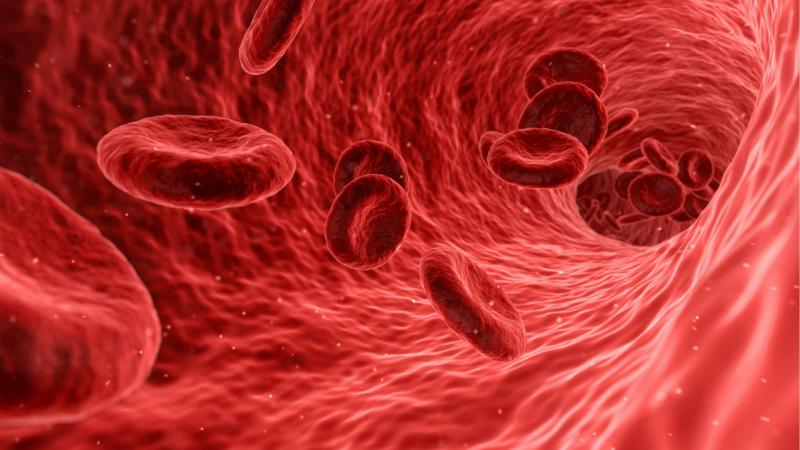
Red blood cells (RBC) are the primary carriers of oxygen in all the vertebrates They pick up oxygen from the lungs, flow through the circulatory system and deliver the oxygen to the different cells and tissues. White blood cells (WBC), on the other hand, are the bodies primary defense system. Produced in the bone marrow, WBC helps the body fight invaders, like virus and bacteria. Tracking these cells, as they move within the body, has lead to a better class of treatments and medical procedures, while also helping us learn about the function of these cells in the body. Many of the currently available technologies use manual tracking methods where an operator must manually track the cells, which can be time and resource consuming and inaccurate in the case of overlapped cells. While many of todays automated software lack accuracy and spontaneity of the manual systems. Now a collaborative study by researchers from Indian Institute of Science, Georgia Institute of Technology and RVCE, Bangalore have developed an automated tool with a tracking accuracy of 95 % and can do so at 25 frames per second. The new technique makes use of a statistical tool called Kalman filter to distinguish the different blood cells and can then track these cells, whether they are moving slow or fast. The method also distinguishes two overlapped cells overcoming the flaws in many manual systems. The scientists also found the new technique perform much better when compared five other state-of-the-art automated tracking software and could potentially increase the efficiency in our hospitals.





